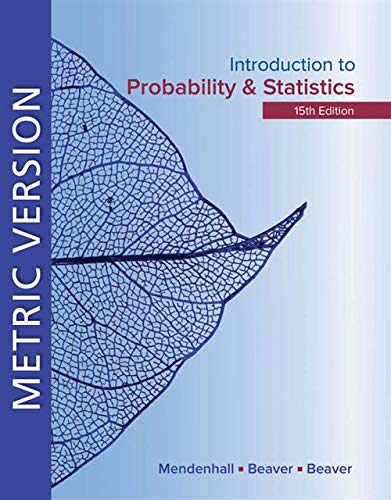4. If you had a score of 92 on the exam and you had the choice of...
Question:
4. If you had a score of 92 on the exam and you had the choice of curving the grades or using the absolute standard of 90–100 for an A, 80–89 for a B, 70–79 for a C, and so on, what would be your choice? Explain your reasoning. Is the skewness of the distribution of grades a problem?
Very often, at the end of an exam that seemed particularly difficult, students will ask the professor, “Are you going to curve the grades?” Unfortunately, “curving the grades” doesn’t necessarily mean that you will receive a higher grade on a test, although you might like to think so! Curving grades is actually a technique whereby a fixed proportion of the highest grades receive As (even if the highest grade is a failing grade on a percentage basis), and a fixed proportion of the lowest grades receive Fs (even if the lowest score is a passing grade on a percentage basis). The B, C, and D grades are also assigned according to fixed proportion.
One such allocation uses the following proportions.

Step by Step Answer:

Introduction To Probability And Statistics
ISBN: 9780357114469
15th Edition
Authors: William Mendenhall Iii , Robert Beaver , Barbara Beaver






